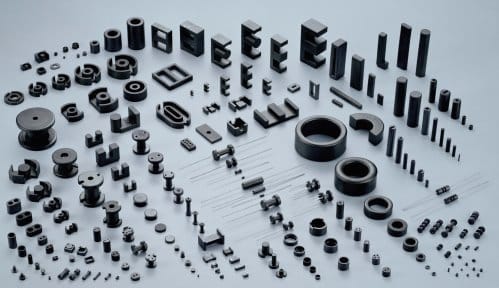

In transformer, primary and secondary windings share a common magnetic path. Transformer working is based on the principle of mutual inductance. So fluctuation in the current is reduced by introducing an inductor into the circuit.

Property of the inductor is such that it opposes the cause by which it is produced. Inductors can be used in sensors to sense the presence of magnetically permeable material. Capacity of the inductor thus formed, depends on four major factors. Construction of the coil is designed so as to ensure that entire flux is focused and gives maximum output. When an alternating current flows through a coil, a corresponding magnetic flux is created. The polarity of the induced emf is such that, it opposes the very cause producing it. Functionally, an inductor resists the change of current flowing through it, and this property is widely used in filters and chokes. The direction of the induced voltage is defined by Lenz’s law. If the electromotive force is induced in the same conductor that carries the current, it is called self-inductance else if the electromotive force is induced in a nearby conductor it is called mutual inductance. Inductance is defined as a conductor’s property by which, an electromotive force (emf) is induced due to change in magnitude of current.


 0 kommentar(er)
0 kommentar(er)
